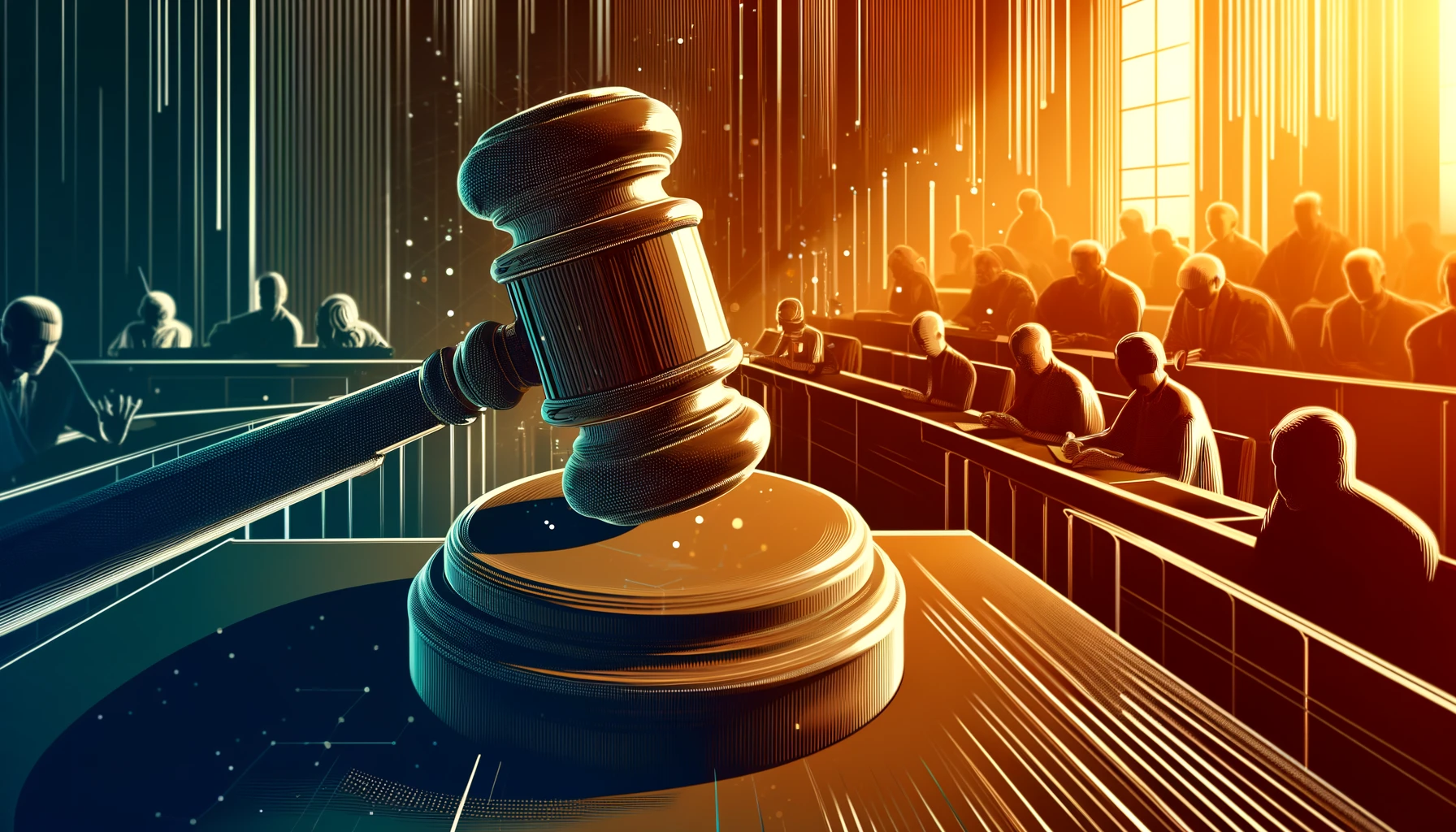Sony Music has issued a stern warning to technology companies regarding the unauthorized use of its copyrighted content to train artificial intelligence (AI) systems. The announcement, made on May 16, 2024, highlights the growing tension between the music industry and tech firms over intellectual property rights in the age of AI.
Rising Tensions Over AI Training Data
Sony Music, one of the largest music conglomerates globally, has taken a firm stance against the use of its extensive catalog by tech companies without proper authorization. This move comes amid increasing concerns within the entertainment industry about how AI models are trained using vast amounts of copyrighted material, often without the creators’ consent.
In a statement, Sony Music emphasized the importance of protecting artists’ rights and ensuring that their work is not exploited. The company warned that any unauthorized use of its music would lead to legal actions. “Our artists’ work is their livelihood,” the statement read. “Using their content without permission undermines their creative efforts and violates copyright laws.”
The Broader Context: AI and Intellectual Property
The clash between Sony Music and tech companies is part of a broader debate over intellectual property (IP) rights in the era of AI. AI models, especially those designed for generating music, art, and text, require substantial amounts of data for training. Often, this data includes copyrighted material from various sources.
The music industry, in particular, has been vocal about the need for regulations to protect artists. Organizations like the Recording Industry Association of America (RIAA) have echoed Sony Music’s sentiments, calling for stricter enforcement of copyright laws. They argue that without such measures, artists and creators stand to lose control over their work, leading to potential financial and creative losses.
Tech companies, on the other hand, argue that using large datasets is essential for advancing AI technologies. They claim that access to diverse content is crucial for developing models that can understand and generate human-like responses and creativity. Some tech firms advocate for fair use provisions, which they believe should allow them to use copyrighted material for training purposes without needing explicit permission.
Implications for the Future
From my point of view, Sony Music’s warning signals a pivotal moment in the ongoing battle between content creators and tech companies. This conflict underscores the need for a balanced approach that respects the rights of creators while allowing technological innovation to flourish.
Pros:
- Protection of Artists’ Rights: Ensuring that artists are compensated for the use of their work is crucial for maintaining a vibrant creative industry.
- Legal Clarity: Clear guidelines and enforcement can prevent misuse of copyrighted material and provide a legal framework for AI development.
Cons:
- Innovation Constraints: Strict regulations might hinder AI research and development, potentially slowing technological progress.
- Complex Licensing: Negotiating licenses for vast amounts of data can be cumbersome and expensive, posing challenges for smaller tech firms and startups.
As I see it, the resolution of this issue will require collaboration and dialogue between the music industry, tech companies, and policymakers. Crafting policies that strike a balance between protecting IP rights and fostering innovation is essential. This might include creating new licensing models that allow for the use of copyrighted material in AI training while ensuring fair compensation for creators.
In conclusion, Sony Music’s warning to tech companies is a significant development in the ongoing discourse on AI and intellectual property. It highlights the urgent need for clear regulations and fair practices that can accommodate the interests of both creators and innovators. As the debate continues, finding a mutually beneficial solution will be key to ensuring the sustainable growth of both the music industry and AI technologies.






